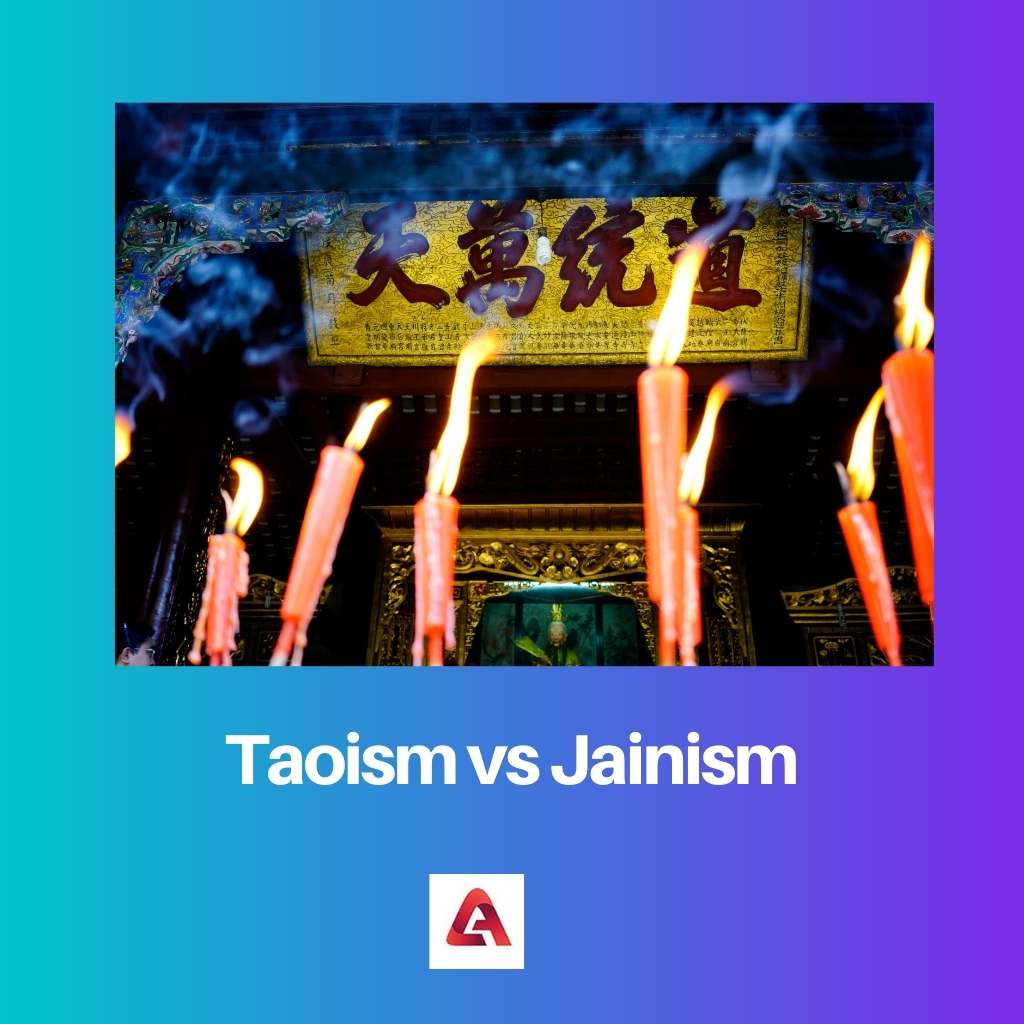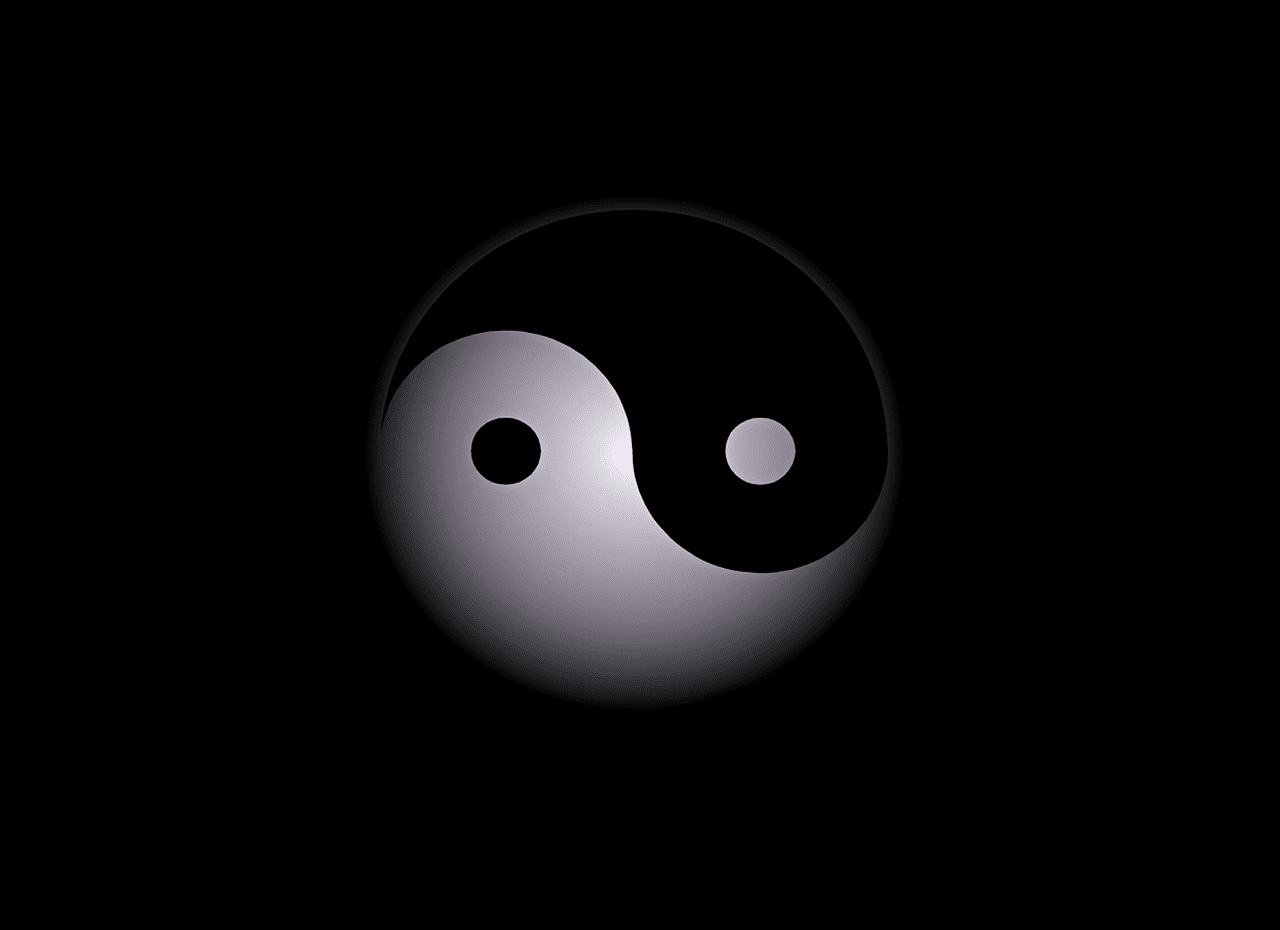Around 7.9 billion people are living in the world. This population is divided into diverse languages, climates, traditions, cultures, and religions. Taoism and Jainism have unique origins yet share the belief in divinity.
While Taoism states the presence of multiple deities, Jainism firmly maintains that there are Jinas.
Key Takeaways
- Taoism originated in China and emphasized harmony with nature, while Jainism originated in India and focused on non-violence and spiritual purity.
- Taoism practices include meditation and adherence to the principles of yin and yang, whereas Jainism involves strict dietary rules and ascetic practices.
- The concept of deities in Taoism is more fluid and includes a pantheon of gods, while Jainism reveres the Tirthankaras, enlightened beings who achieved spiritual liberation.
Taoism vs Jainism
Taoism is a Chinese philosophy that emphasizes nature’s wholeness and harmony, as well as the value of living in accordance with the Tao or the Way. Jainism is an Indian religion that emphasizes nonviolence, self-control, and the moral law of cause and effect known as karma.

Taoism is also known as Daoism. In Chinese, the word “Tao” means route or way. It refers to the essence of the universe or the path that one chooses. It states that all living creatures must exist in consonance with nature.
Under the Tang dynasty, this religion enjoyed an official status.
Jainism is otherwise known as the Jain dharma. There are two sects under this religion. They are Digambara and the Svetambara sects .This religion believes in the cycle of birth-death-rebirth.
Jainism supports the idea of reincarnation and karma. History states that Jainism was developed by the twenty-four Tirthankaras (spiritual teachers).
Comparison Table
| Parameters of Comparison | Taoism | Jainism |
|---|---|---|
| Origin | Originated from ancient China. | Originated from eastern India. |
| Religious Sites | Heng Shan Bei, Tai Shen are prominent places. | Dilwara Temples and Shikharji are famous sites. |
| Belief | Believes in simplicity, patience, and compassion. | Emphasizes nonviolence. |
| Symbols | The Yin and yang symbol is well known. | Jainism has eight key symbols. |
| Founder | Lao Tzu was the founder. | Tirthankars are believed to be the founders. |
What is Taoism?
The idea of Taoism is the balance of life and harmony between living beings and the universe. It explains the concept of Chi. It means that the flow of energy(Chi) is the fundamental basis for any living being.
This flow is responsible for the balance in the universe. Chi is otherwise known as the breath of nature.
An important concept of Taoism is the Yin yang which stresses the importance of balance. Yin is the darker part of the symbol representing femininity, earth, and darkness. The yang symbolizes masculine nature, light, and heaven.
The yin-yang swirls together to form a complete circle.
They are interdependent and blend to form a single unit on the whole. This portrays that opposing and contrasting characters are needed for existence. Neither one can sustain without the other.
The philosophy of Taoism states that the spirit is immortal and merges with the universe upon death. Taoism believes that harmony already exists in nature.
There will be severe consequences if a man does not follow the set path and goes astray, causing discord.
Countries like Korea and Vietnam have the influence of Taoism on their cultures. Mount Laojun, located in the Henan Province, is an important pilgrimage destination for Taoists.

What is Jainism?
Jainism strongly advocates the belief in karma. Right faith, knowledge, and conduct are the three jewels of Jainism.
Five vows are preached in Jainism. These vows describe adherence to principles of non-violence, truth,non-stealing, faithfulness, and non-attachment.
It states that a man is in a constant loop of birth and death. Suppose one followed the five vows, they would be released from this cycle and attain salvation. The cycle of life(rebirth) and death is called samsara. The liberation is known as attaining moksha.
The Nirvana upon salvation is considered a place free of sorrow, disease, death, pain, and old age. It is an immortal domain attained only by true faith, worship, and discipline.
Among the two sects in this religion, Digambaras were monks. They considered the ownership of materials and any possession as an obstacle in the path of attaining salvation.
This religion is represented by a combination of five colors: red, green, yellow, white, and black. They are an allusion to the five vows.
The twenty-four Jinas are revered as prominent role models in Jainism. It is a term used to address an enlightened human being. The identity of a Jina is distinguished by the unique chest mark called Shrivatsa.

Main Differences Between Taoism and Jainism
- Taoism has its roots in ancient China in 142C.E. Jainism originated in India in the 5th-7th century.
- The mountains of Qingcheng, Wudang, Longhu, and Qiyun are sacred places for Taoism. Tirthas are pilgrimage locations in Jainism. It includes the Ellora Caves, Mount Abu, and Khajuraho.
- Taoism emphasizes the balance in the Universe. Jainism emphasizes its faith in karma.
- The Yin yang symbol represents Taoism. The eight symbols of Jainism include a swastika, Shrivastava, an elaborate Swastik, a mirror, a throne, a hand fan, a water vessel, and a pair of fish.
- Lao Tzu, a philosopher, founded Taoism. Mahavira, the last Tirthankara, is the founder of Jainism.

- https://books.google.com/books?hl=en&lr=&id=5ame4Rl1RXMC&oi=fnd&pg=PA6&dq=taoism&ots=-oOVRUfI3r&sig=TsaHBTRW9LDzYXkTDivVGTyV7IA
- https://books.google.com/books?hl=en&lr=&id=J_himynIk68C&oi=fnd&pg=PA1&dq=taoism&ots=hNJlj_wU9w&sig=SePiwEhi–IC-Lt0bEumAAutIwM
- https://books.google.com/books?hl=en&lr=&id=WzEzXDk0v6sC&oi=fnd&pg=PR5&dq=jainism&ots=1sXvFdIkil&sig=CZjJ2LbsNyP-3VzSob4i5oYngN4



